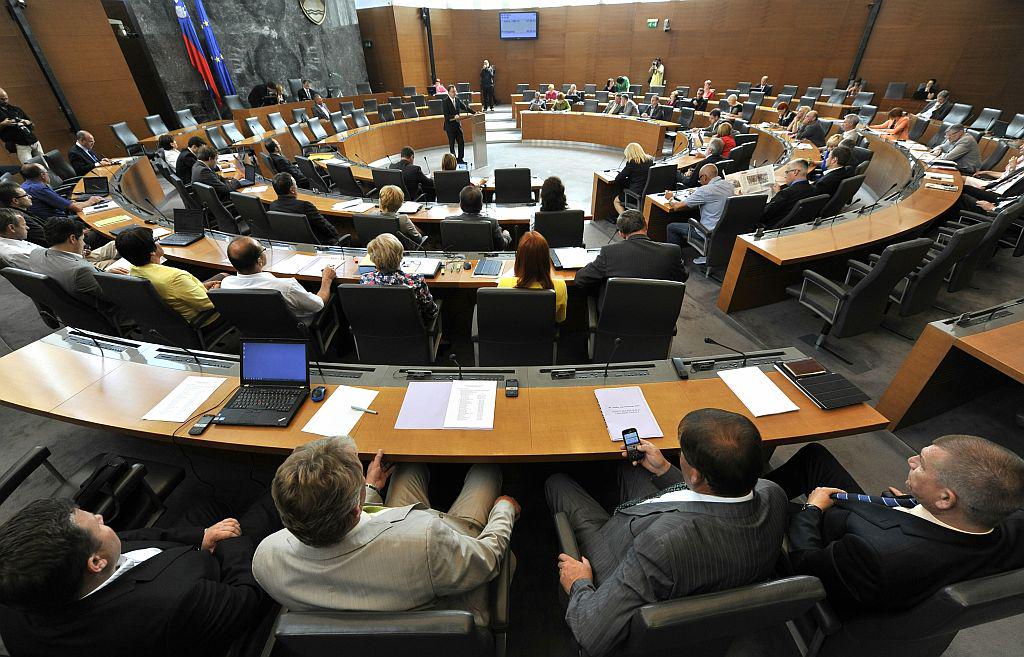

The government sent a bill on gender equality to the parliament at the end of September. Its aim is to create an “equal position and roles of women and men in the political, economic, social, educational, and any other area of the society based on the principle of non-discrimination and gender equality”.
Slovenia passed a similar law, on equal opportunities of women and men, over a decade ago (in 2002), but it has become somewhat outdated, as new legally binding laws of the EU and other international organizations as well as some other national policy documents have been implemented since.
Compared to the EU average, Slovenia is quite “balanced”
In terms of gender equality, Slovenia already ranks among the EU member states where the two genders have the highest levels of “balance”. According to the Report on Progress on equality between women and men in 2012, composed by the European Commission, Slovenia has the smallest pay discrepancies in terms of gender in the EU, with men earning two per cent more than women.
The representation of women in management boards of business companies is at 19 per cent, which is above the average. Slovenia has even been congratulated on the important progress being made in the representation of women in the parliament, which has almost reached the desired level of “balance” with 38 per cent. The percentage is a bit lower in local administration – the report points out that the representation of women in municipal councils is only at 22 per cent.
The national resolution on men and women
The proposed law on gender equality also states that it is going to serve as a legal basis for a later implementation of a new national resolution on a national programme for equality of women and men, which has also been passed and is becoming out-of-date. Based on the new resolution, action plans for achieving gender equality or balance could be drafted.
The government, the parliament and local communities will have to make an effort in balancing their appointed representatives for its working and consultative bodies, delegations and supervisory boards of the companies under total or partial state ownership in terms of gender – at least where this is possible. Potential controversial positions will be regulated by a special rule book. For example, in the cases where state bodies have had to nominate a single representative, they will now have to nominate two, a male and a female candidate. If an even number of representatives will be required, they will have to be nominated according to the 50:50 gender ratios.


































































